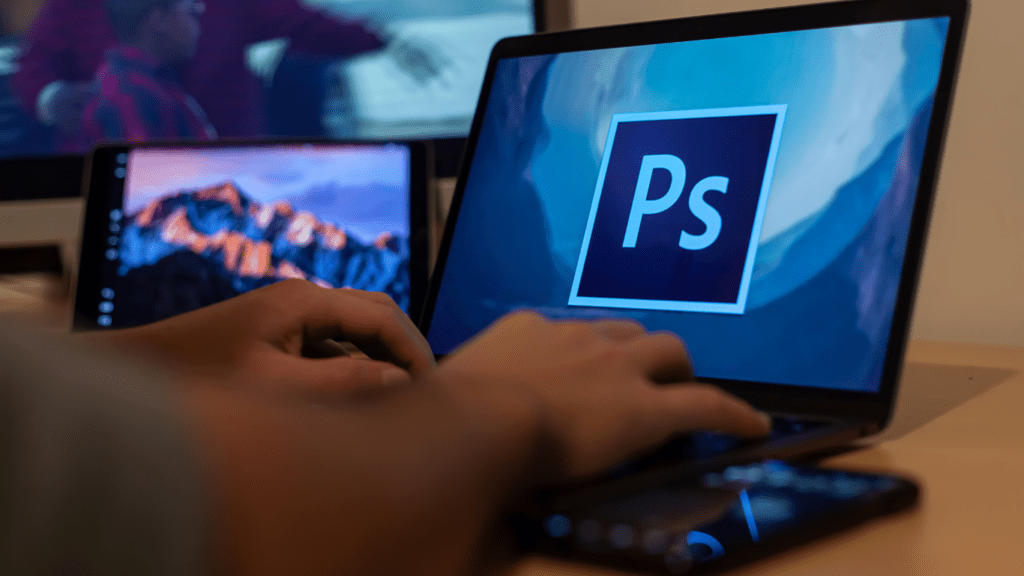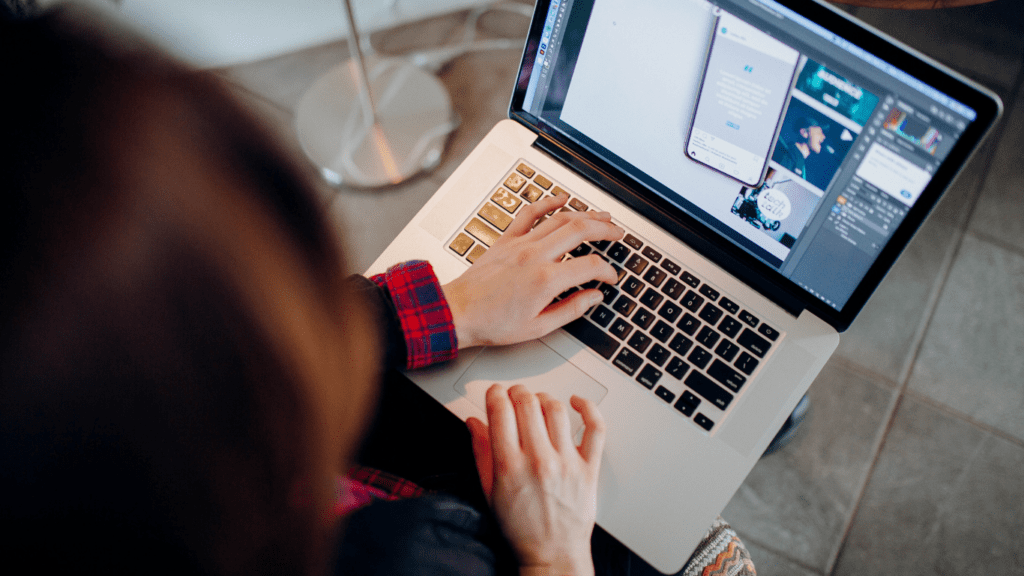As a digital artist in 2024, I’m always on the lookout for the latest and most innovative software to bring my creations to life. The world of digital art is constantly evolving, and having the right tools can make all the difference in unleashing creativity. Whether you’re a seasoned pro or just starting, finding the best software for your digital art projects is key to achieving stunning results.
In this fast-paced digital landscape, knowing which software to invest your time and skills in is crucial. From powerful drawing and painting tools to advanced graphic design features, the options can be overwhelming. Join me as I explore the top software choices that are shaping the digital art scene in 2024, helping artists like us push boundaries and create masterpieces like never before.
Overview of Digital Art Software Trends in 2024
In analyzing current trends in the world of digital art software in 2024, it’s evident that innovation continues to drive the evolution of tools available to artists like myself, enabling us to push the boundaries of creativity and produce exceptional works of art. Digital artists must stay abreast of the latest software developments to remain competitive and unlock new artistic possibilities in this dynamic landscape.
Key Trends Shaping Digital Art Software in 2024:
- Augmented Reality Integration:
- Augmented reality features are increasingly being integrated into digital art software, offering artists immersive experiences and novel ways to interact with their creations.
- Artificial Intelligence Assistants:
- AI-powered tools are becoming more prevalent, assisting artists in tasks like generating preliminary sketches, color palettes, and even suggesting creative directions based on analyzed data.
- Blockchain for Copyright Protection:
- The use of blockchain technology for copyright protection is gaining traction, providing artists with secure ways to authenticate and protect their digital creations.
- NFT Compatibility:
- Non-fungible tokens (NFTs) are being supported by many digital art software platforms, allowing artists to tokenize their work, establish ownership rights, and engage in the growing digital art marketplace.
- Collaborative Features:
- Collaboration features within digital art software are improving, enabling artists to work together seamlessly regardless of their physical locations, fostering creativity and shared artistic endeavors.
By staying informed about these trends, digital artists can harness the power of cutting-edge software tools to explore new realms of artistic expression and achieve remarkable results in their creative endeavors.
Top Considerations When Choosing Digital Art Software
When selecting digital art software, it’s crucial to consider various factors that can impact your workflow and creative output. Here are key aspects to keep in mind:
User Interface and Ease of Use
Ensuring that the software has an intuitive user interface and is easy to navigate is essential for streamlining your creative process. A clutter-free interface with customizable tools and a responsive design can enhance your productivity and creativity. Look for software that offers customizable shortcuts and a layout that suits your preferences to create art efficiently.
Compatibility and System Requirements
Before choosing digital art software, check its compatibility with your operating system and hardware specifications. Ensure that the software is compatible with the file formats you commonly use and supports any additional peripherals or devices you may need. Consider the software’s ability to integrate with other tools or plugins that can enhance its functionality and expand your creative possibilities.
Cost and Licensing Options
Evaluate the cost of the software and the licensing options available to find a solution that fits your budget and requirements. Some software offers one-time purchases, while others require subscription-based models with regular updates. Consider your long-term investment in the software and weigh the benefits of ongoing updates and support against the initial cost. Additionally, explore any trial versions or free alternatives to test the software before committing to a purchase.
Reviews of Popular Digital Art Software in 2024
When exploring the realm of digital art software in 2024, it’s crucial to delve into the features and performance of leading tools available in the market. Let’s dive into the specifics of prominent software options for digital artists this year.
Adobe Photoshop: Features and Performance
Adobe Photoshop remains a powerhouse in the digital art realm, offering a comprehensive suite of tools and functionalities tailored for creative professionals. With its versatile features like advanced image manipulation, layering capabilities, and extensive brush options, Photoshop continues to be a go-to choice for artists seeking a robust platform for their projects. Its performance enhancements ensure smooth operation even with complex editing tasks, making it a top contender in the digital art software landscape.
Corel Painter: Natural Media Emulation
Corel Painter stands out for its ability to emulate traditional media with precision, making it a favorite among artists aiming to replicate the look and feel of natural painting and drawing techniques digitally. The software’s vast selection of brushes, textures, and tools allows for unparalleled creativity and artistic expression. Additionally, Corel Painter’s focus on natural media emulation provides artists with a unique and immersive experience that sets it apart in the digital art software market.
Procreate: Streamlined Experience for Tablet Users
Procreate caters specifically to tablet users, offering a streamlined and intuitive interface designed for seamless digital art creation on portable devices. With its responsive tools, customizable brushes, and intuitive gestures, Procreate enables artists to bring their ideas to life with ease and precision. The software’s focus on optimizing the drawing experience for tablets makes it a preferred choice for artists looking to sketch, draw, and paint on-the-go without compromising on functionality or performance.
Affinity Designer: Vector Art Specialization
Affinity Designer specializes in vector art, providing artists with a robust toolset for creating precise and scalable illustrations and graphics. Its intuitive interface, combined with powerful features like non-destructive editing, customizable grids, and advanced typography controls, makes it a top contender for vector-based artwork. Whether designing logos, illustrations, or web graphics, Affinity Designer offers the tools needed to unleash creativity and achieve professional results in the realm of digital vector art.
Emerging Software and Innovations in Digital Art
Exploring the ever-evolving landscape of digital art software is crucial for staying ahead in the creative field. As a digital artist in 2024, I’m constantly on the lookout for the latest innovations that can push the boundaries of my artistic endeavors. Let’s delve into the emerging software and cutting-edge technologies shaping the future of digital art.
Artificial Intelligence (AI) continues to revolutionize digital art creation by offering intelligent tools that aid in everything from generating ideas to automating repetitive tasks. AI assistants in digital art software can provide valuable suggestions, enhance workflows, and even learn from user interactions to deliver personalized assistance tailored to individual artistic styles.
Augmented Reality (AR) integration is another exciting trend that is gaining traction in digital art software. By blending virtual elements with the real world, AR empowers artists to create immersive artworks that transcend traditional boundaries. From interactive exhibitions to dynamic storytelling, AR opens up a new realm of possibilities for digital artists seeking to engage their audiences in innovative ways.
Blockchain technology, with its decentralized and secure nature, is increasingly being adopted in digital art software for copyright protection and provenance tracking. By leveraging blockchain for registering digital artworks as Non-Fungible Tokens (NFTs), artists can establish ownership rights, authenticate originality, and ensure traceability throughout the lifecycle of their creations.
Collaborative features are reshaping the way artists work together, enabling real-time collaboration regardless of geographic locations. Digital art software with built-in collaborative tools facilitates seamless communication, synchronous editing, and shared brainstorming sessions, fostering a sense of community among creatives and enhancing the collective creative process.
Stay tuned for upcoming software releases that embrace these innovative trends, empowering digital artists like me to explore new realms of creativity and unlock fresh possibilities in the world of digital art.
Tips for Maximizing Efficiency with Digital Art Software
Exploring the world of digital art is an exciting journey with endless possibilities for creativity. To make the most of your digital art software and streamline your workflow, here are some valuable tips for maximizing efficiency:
- Customize Your Workspace:
- Tailor your software’s interface to suit your preferences and workflow. Arrange tools, palettes, and brushes for quick access, allowing you to focus on creating without distractions.
- Master Keyboard Shortcuts:
- Learn essential shortcuts to perform tasks swiftly. Memorizing shortcuts for common actions like selecting, zooming, or switching tools can significantly boost your productivity.
- Utilize Layer Organization:
- Organize your artwork into layers to control elements separately. Naming layers, grouping them, and utilizing blending modes can simplify editing and enhance your creative process.
- Experiment with Brush Settings:
- Dive into your software’s brush settings to customize brushes for different effects and styles. Adjust parameters like size, opacity, and flow to achieve the desired results efficiently.
- Embrace Automation Tools:
- Explore automation features like actions, scripts, or plugins to automate repetitive tasks. Setting up automation can save time and allow you to focus on the artistic aspects of your work.
- Back Up Your Work Regularly:
- Protect your creations by regularly backing up your files. Use cloud storage, external drives, or dedicated backup solutions to prevent data loss and ensure your artwork is safe and secure.
By incorporating these tips into your digital art workflow, you can enhance your efficiency, unleash your creativity, and produce stunning artworks using cutting-edge software tools.



